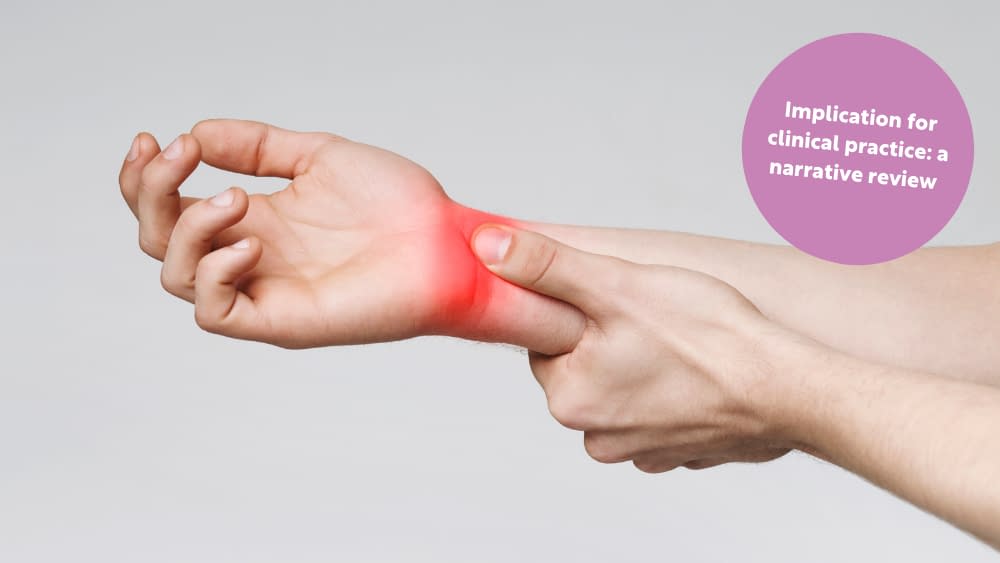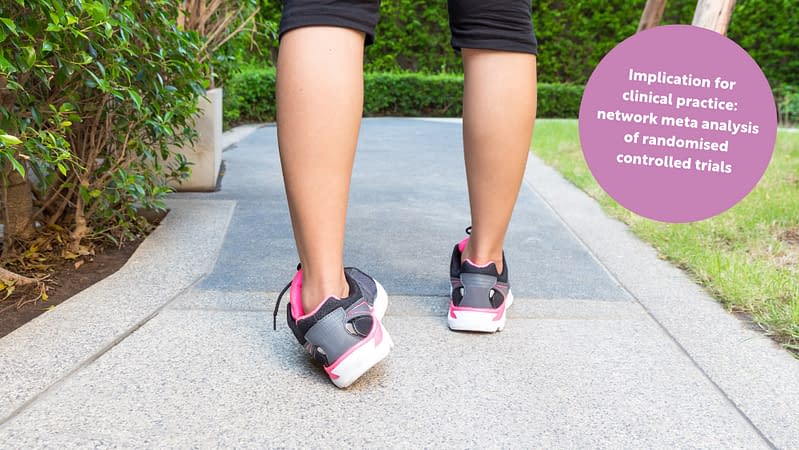1. Prioritise history taking, neural tests and sensory evaluations for accurate identification of entrapment neuropathies.
2. Focus on conservative care with splinting, education and targeted exercises, incorporating neural mobilisations for mechanosensitivity and onward referrals for surgical approaches / specialists in severe unresponsive cases.
3. Tailor evidence-based strategies to individual cases, optimising primary care outcomes with a multidisciplinary, patient-centred approach and empower patients with condition knowledge and therapy adherence.
Context
- Provide the most recent understanding of the mechanisms underlying entrapment neuropathies.
- Explore diagnostic and management strategies, including their challenges and limitations.
- Highlight areas for future research to improve outcomes for affected patients.
Methods
- Literature review of preclinical models and clinical studies.
- Examination of pathophysiology, including ischaemia, fibrosis, demyelination, neuroinflammation, and central sensitisation.
- Discussion of clinical assessment techniques and management strategies (both conservative and surgical).
Results
- Pathophysiology: Entrapment neuropathies involve mechanical nerve compression, leading to ischemia, demyelination, inflammation and central sensitisation and symptoms may range from paraesthesia to severe neuropathic pain.
- Assessment: Clinical tools include sensory testing, nerve conduction studies, imaging. Although neural mechanosensitivity tests (e.g., Tinel’s and Phalen’s tests) can assist in diagnosis but lack universal reliability.
- Management: Non-invasive therapies form the first line of treatments (e.g. splinting, physiotherapy, neural mobilisations), pharmacological options (e.g., NSAIDs, corticosteroid injections) offer limited long term benefits while surgical decompression is indicated in severe or refractory cases.




